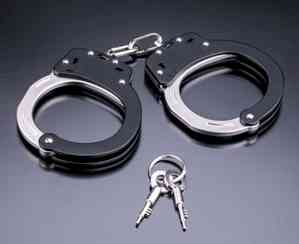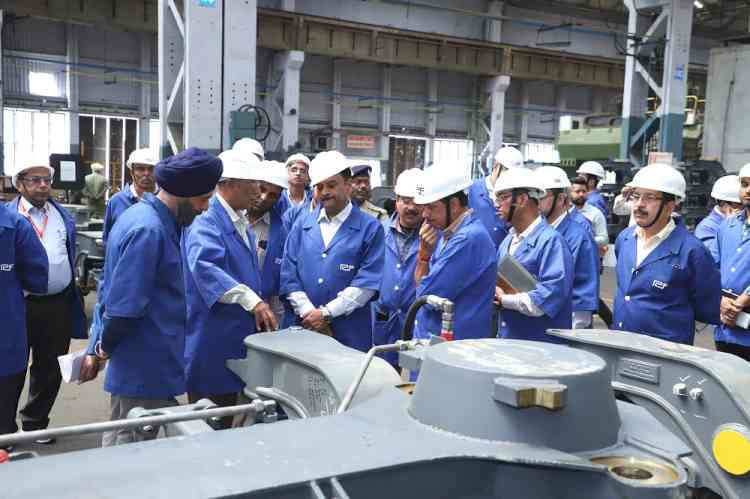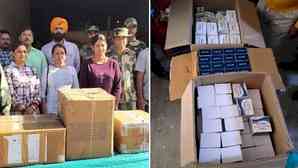Deleveraging by Indian Corporates an uphill task - India Ratings
Author(s): National News from India Desk @ city air newsMumbai, December 3, 2014: On studying the country’s 500 largest corporate borrowers, India Ratings & Research (Ind-Ra) opines that it would be hugely challenging for them...

Mumbai, December 3, 2014: On studying the country’s 500 largest corporate borrowers, India Ratings & Research (Ind-Ra) opines that it would be hugely challenging for them to improve their leverage levels even moderately. Ind-Ra estimates that if the current leverage levels (FY14 median leverage 4.7) are to be reduced to FY10/FY11 levels (FY10 median leverage 3.3; FY11 median leverage 3.5), in a scenario wherein India experiences the turbocharged growth observed between FY05 and FY08, the process is likely to take two and a half to three years.
This analysis makes a benign assumption that the debt levels during this period will not increase from FY14 levels. However, if there is only a marginal uptick over the current level of economic activity, the time taken to deleverage could increase to five to six years.
Alternatively, if equity infusion is used as a means to deleverage, then 262 of these 500 corporates would require a minimum equity infusion of around INR7,043bn (USD114bn). However, raising this amount of equity would be a significant challenge given that between FY08 and FY14, less than half of this amount was infused as equity across these 500 corporates.
96 corporates who are already tagged as non-performing assets or are undergoing corporate debt restructuring (known stresses) would take between 5 to 10 years to reduce their leverage to moderate levels (defined as levels last seen in FY10/FY11) . As such, 62 among them would require a minimum equity infusion of INR2,416bn (USD39bn) so as to improve their likelihood of remaining a ‘going concern’. This amount is well over the market capitalisation of a lot of these 62 corporates. As such, equity could come in only if the current promoter-managers are changed; else these would continue to weigh down their lender’s balance sheet for a long time.
There are 87 highly vulnerable corporates who because of very weak credit metrics and absence of strong group or parent support may be formally slipping into the stressed category. At least 71 out of the 87 corporates in this group would require an equity infusion of INR892bn over the next 6-12 months so as to prevent their slippage into the stressed category. In the absence of equity infusion, these corporates will take five to eight years to moderately improve their credit metrics even if their operating performance improves in line with that seen in FY10/FY11.
Of the 317 corporates who are not immediately vulnerable, 128 would require an estimated INR3.7trn of equity infusion. However unlike the previous two categories of corporates, the (currently) invulnerable corporates would be able to use the equity infusion to tap growth opportunities as and when they are available. If these corporates decide to chase growth opportunities by taking further debt, then there is a strong likelihood of deterioration in their overall credit profiles. However, this group of corporates are best placed to tap equity markets, given their business profile and reputation in comparison to the two previous categories of corporates.
(Source: Manager - Corporate Communications and Investor Relations, India Ratings & Research A Fitch Group Company)
-----------------------------
Readers may send their news/views/feedback to us:
Date:
Wednesday, December 3, 2014

 cityairnews
cityairnews 
















